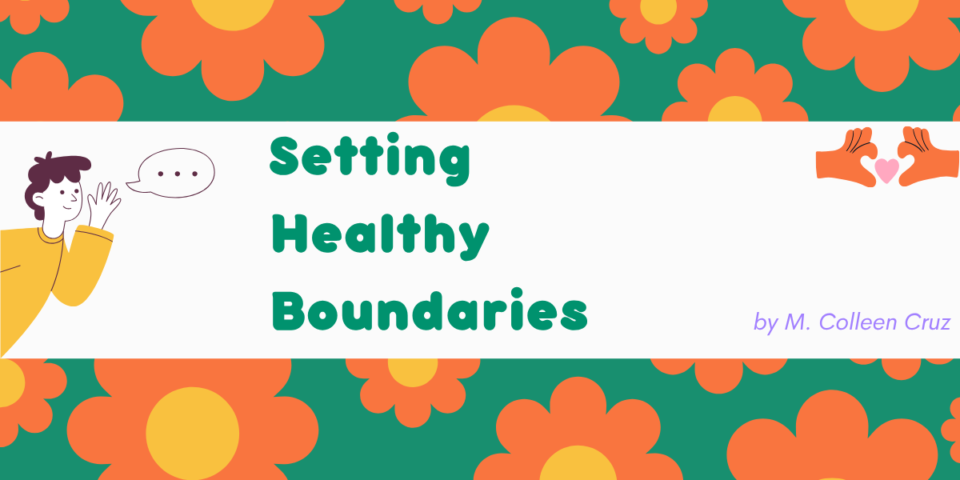
The following is an adapted excerpt from Risk. Fail. Rise. by M. Colleen Cruz.
There are countless mental, physical, and emotional ways to practice self-care. But all of them require us to begin from a place of healthy boundary setting. We cannot make time for so much as a deep breath or a cup of tea if we have no clear delineation between our own time and space and our students’ and schools’ demands.
At first glance it can feel rogue and selfish to contemplate what our particular boundaries are. But when we discuss our boundaries openly, and in healthy ways, we are not only setting them more firmly and giving ourselves public permission to take care of ourselves, we are also modeling for our students the ways healthy boundaries can and should be set. If we can set boundaries, they can too. Here are some examples of boundaries we might share with students along with the connections to healthy risk-taking and learning practices. As you read through them, consider if any feel like something you could say or, if not, what about that statement doesn’t feel like something you would say:
- “I won’t be able to meet with you during my prep period. That’s the time I have my second cup of coffee, sit for a minute, and do a little professional reading before I work on my planning and other schoolwork I need to get done. If I don’t do that then I am not as strong a teacher the rest of the day because I haven’t gotten a chance to take a break or get ideas. I would love to meet with you during class time.”
- “Thank you so much for inviting me to the school basketball game! You know how much I love going to the games when I can. But this Friday I have plans with my family to order pizza and watch movies. I haven’t spent a Friday with them in a while and my family and I feel better when I do.”
- “I know some of you were hoping I would have your exam results back to you by today, but last night as I was sitting down to grade, I started to feel my head nod and I realized I was far too exhausted. I knew that for one thing I wouldn’t be able to give the processes you tried as much feedback as you deserved. And I knew that if I tried to push through anyway, I wouldn’t get enough sleep and wouldn’t be a very good teacher to you.”
It is difficult to give a blanket statement about what constitutes a healthy boundary for each person. There are professional considerations and community norms to keep in mind as a starting point. But it is also true that what feels like a healthy boundary to one person can feel stifling and disconnecting to another. I am the type of person who does not answer emails after a certain time of night. I also rarely give out my cell phone number but freely give out an email address that is dedicated to correspondence with students. One of my colleagues does zero work during the weekend. Another never gives up their lunch hour. With each of these boundaries also comes a package of areas where there is a certain level of accessibility. If I choose to not work during my lunch hour nor stay late after school, it might mean that I am all in during the school day. For others it might mean they are more likely to arrive early in the morning or bring work home.
Often when we don’t have time to take care of ourselves, it is because our boundaries are not healthy, clear, and firm. When we share our boundaries with our students and their families, we might consider the language we use. We don’t necessarily need to say, “I have firm boundaries so don’t try to cross them!” but rather, “Family time is important to me so I don’t respond to emails after 6:00” or “I’m a better teacher when I have quiet time so I have a no students during lunch hour policy.”



